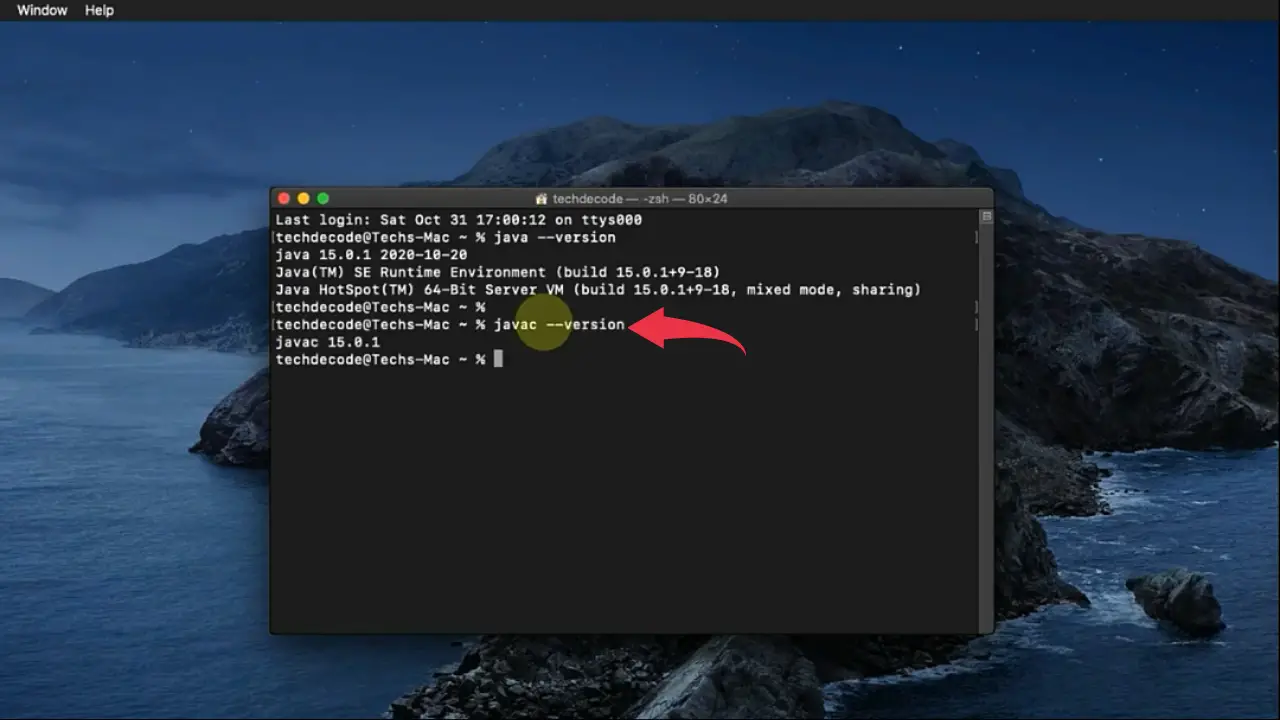
Mac users may need to disable rootless SIP protection in OS X before being able to successfully install Java, but you can enable it again after it has been installed. And if you’re not sure whether you need Java or not, that means you probably do not need Java at all, and you can also avoid installing java. To be clear, if you do not need Java, you should not install Java. Whatever the case, if you need Java JRE or Java JDK in OS X 10.11 or later, here’s how you can install it. As you can see below, only java11 and java are available.Additionally, when trying to use some particular applications or web content, you may come across a “This application requires the legacy Java SE 6 runtime which is unavailable for this version of OS X.” error message, which means if you want to run that app you’re going to need to use an older version of Java.

Use the following command.īrew search -formulae java.

bin/bash -c “$(curl -fsSL )"Īfter this completes, we can use homebrew to install available formulae or cask with just one line commands brew install xxxx or brew install -cask xxxx Installing various JDK versionsįirst, let's search Homebrew to find available java versions. To install Homebrew on macOS, Open either Terminal or iTerm application in macOS and run the below command. With homebrew, we can install the software via the command line and can see a lot of installation information in the logs. Homebrew is the easiest and most flexible way to install the UNIX tools Apple didn’t include with macOS. This is where HomeBrew comes to the rescue HomeBrewĪs the tool's homepage says, it is The Missing Package Manager for macOS. But as with all things Apple, Most common free software don't work in macOS. For this purpose, Linux Distros use package managers like yum or apt-get. However, we developers like to see the logs and play with the command line tools. This hides all installation details under the fancy app icons and an in-progress bar. But I’ll recommend reading it.Ī well-known process for installing any software on macOS is, either clicking an app icon or drag-and-drop the app icon into the Applications folder. If you are not interested in any explanation, go to the very end of the post for commands.

In this post, let's see how to manually install and manage multiple JDK on macOS. None of the operating systems comes with a preinstalled JDK, including macOS.


 0 kommentar(er)
0 kommentar(er)
